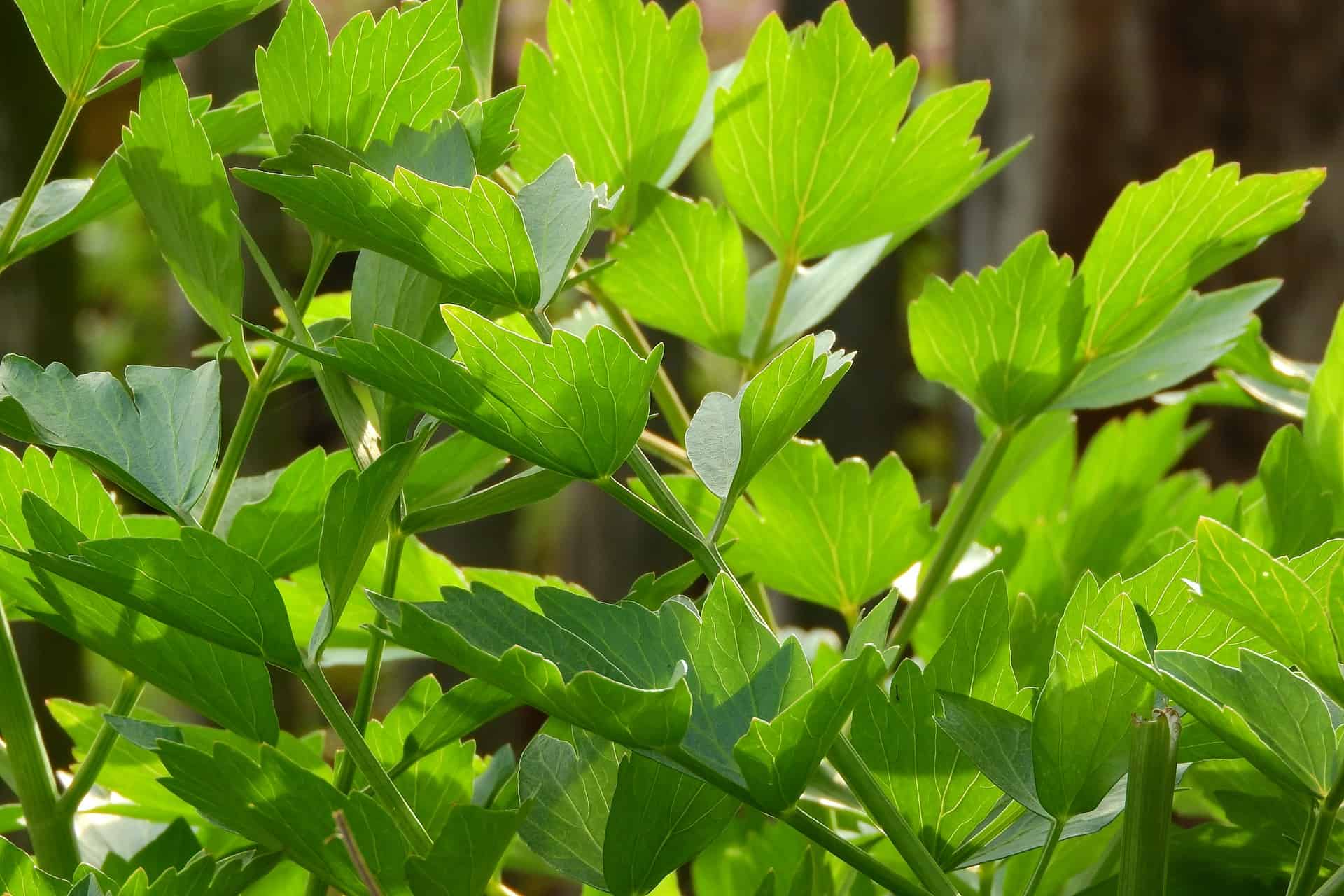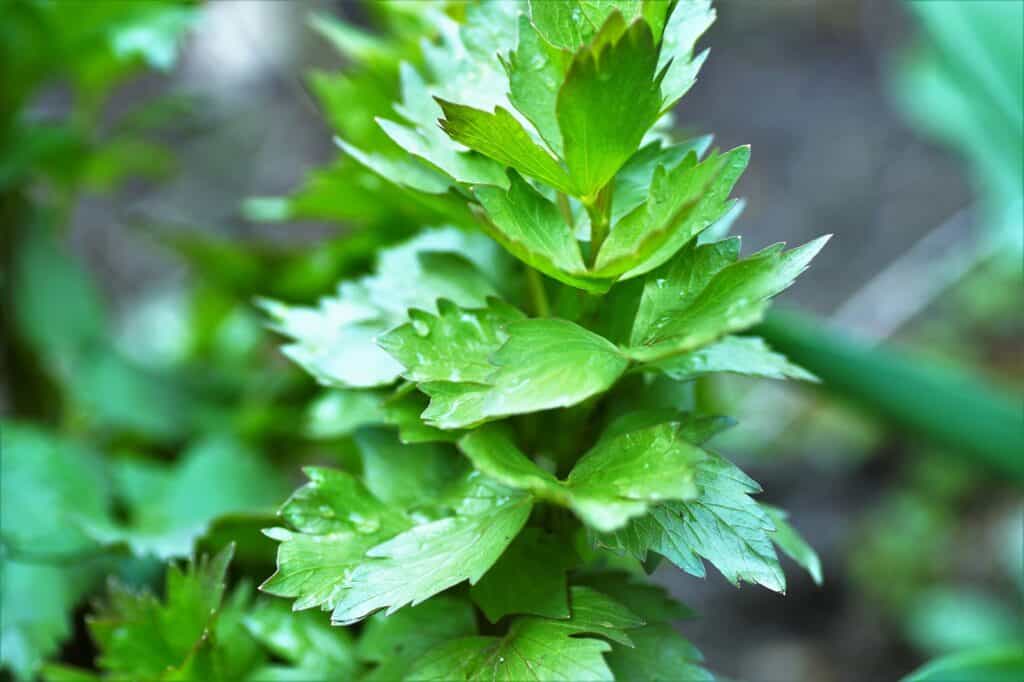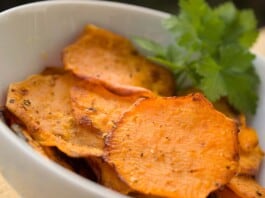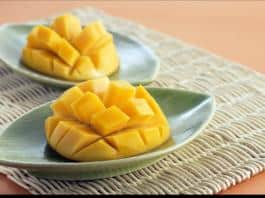
Lovage, the basic spice in our soups
Who doesn’t love the smell of soups where we add the lovage at the end? The lovage is not just a spice for dishes, it is a wonder plant, with countless therapeutic qualities. In these moments, it is good to harness any palm of the earth and cultivate these plants that bring us multiple advantages.
The lovage is native to the Mediterranean area, where it is still found in the wild. This wonderful plant, it was cultivated since Roman times, both for their spice properties, the leaves were used, and for medicinal purposes (seeds, roots and leaves).
Therapeutic recommendations

The Lovage – Livisticum Officinale Kock. All parts of the plant contain volatile oil, consisting of terpineol and other terpenes, numerous acids, including acetic acid and benzoic acid. In particular the stem and root contains fats, gumirezines, tannins, mineral salts and various organic acids.
All parts of the plant, but especially the roots, significantly increase diuresis, favoring the elimination of chlorine and nitrogen compounds, which determines their recommendation in cardio-renal edemas.
The lovage is hypotensive, having also sedative action especially in disorders of a neurogenic nature. Promotes expectoration, being beneficial in respiratory diseases. On the digestive system works by normalizing the stools, both in case of constipation and in irregular stools.
Due to the carminative properties, it plays a role in the growth of salivary and gastric secretions, so it is also recommended as a tonic-appetizer. Adjusts menstrual cycles, exhibiting an emenagog effect. In particular roots and seeds are recommended for fortifying baths, and leaves are used for ulcers and in local applications.
How to use the lovage
The leaves are consumed as such in dishes (sorbs, teas). For teas, infusions are made from 2 teaspoons of leaves to a cup of water, 2 cups per day.
Infusion of seeds: 1/2 teaspoon per cup of water, 2 cups per day.
Decoction from the roots, with a teaspoon to a cup of water, 2-3 cups per day. Powder from dry root, 2-3 knife tips per day.
Tincture of 20 g leaves or roots macerated 10 days in 100 ml alcohol of 70 degrees, take 20-25 drops 2-3 times a day. Be healthy!



